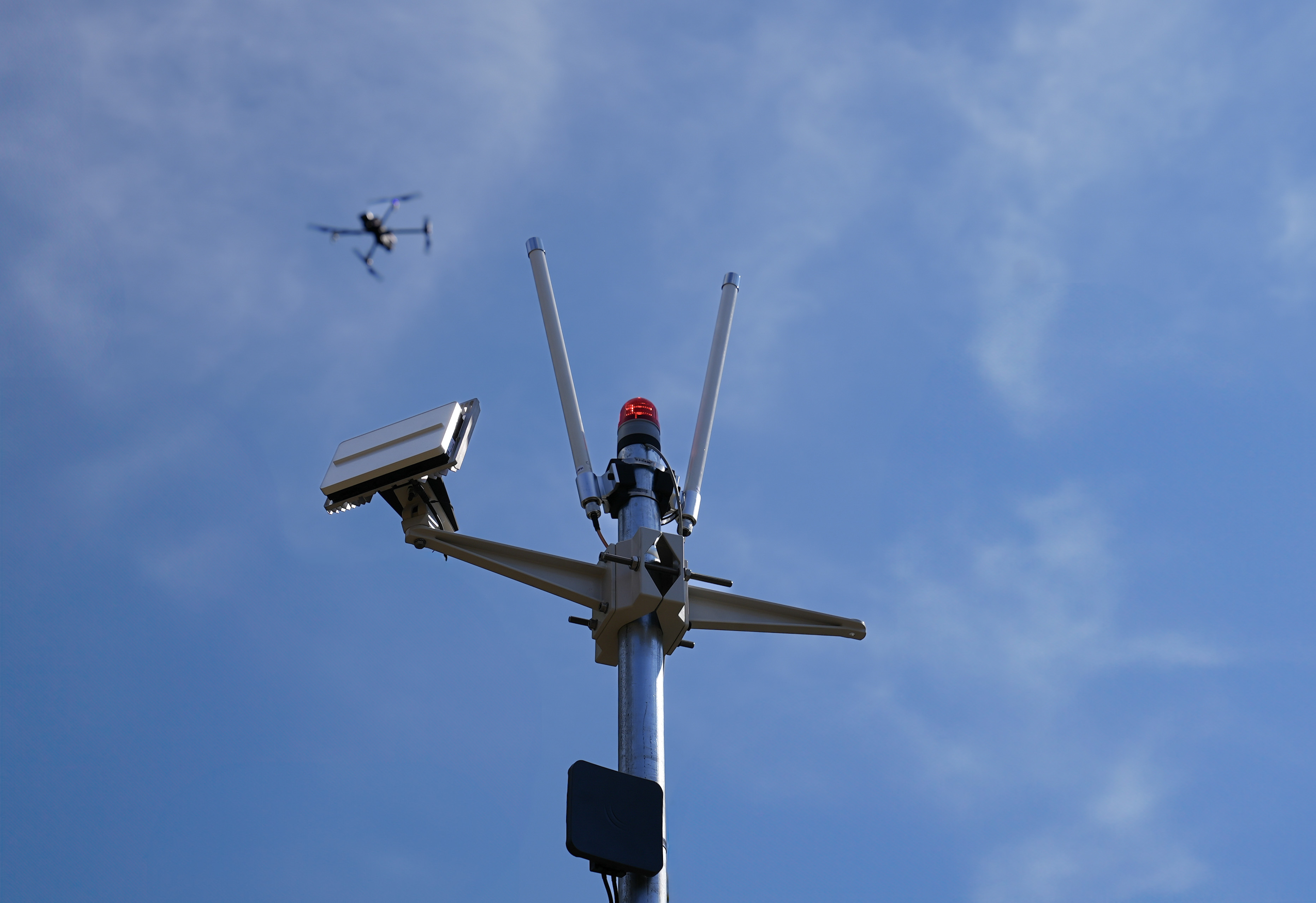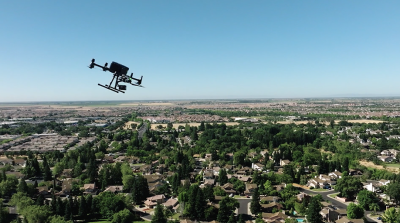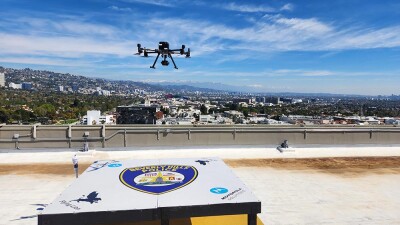We’ve detailed the commitment and focus that the team at BRINC has when it comes to supporting the public safety sector in a way that is as specific as it is powerful. Their efforts to create Drone as First Responder (DFR) programs that make sense for this sector have enabled the company to create products like the Lemur 2 and Responder that are designed from places of experience. That dedication is also evident in today’s announcement of a collaboration between BRINC and Echodyne that further lowers the barrier to entry for public safety agencies looking to start or expand DFR program.
By integrating Echodyne’s advanced MESA® radar technology into BRINC’s purpose-built DFR solution, public safety agencies will have a much more complete drone solution at their fingertips. While the existing BRINC DFR solution has already lowered many of the technical barriers agencies face when starting or scaling DFR operations, operational barriers related to the current BVLOS framework remained since current FAA regulations require a visual observer onsite for drone operations to monitor flights. This news changes that paradigm on multiple levels.
“Previously, agencies required a visual observer onsite for drone operations to monitor flights,” said Don Redmond, BRINC VP, Advanced Public Safety Projects. “This limits drone operations’ flexibility and operating times (to when staffing allows & weather conditions are favorable) while adding an extra staffing burden that often takes an officer off their primary duties. Our partnership with Echodyne to install ground-based radar for improved airspace awareness removes this concern entirely while maximizing drone operation uptime.”
It's a major development, as multiple departments across the United States have embraced drones as First Responder operations that allow them to start gathering information on a scene within 70 seconds. The speed and effectiveness allow departments to close 1 in 4 calls solely with drones.
However, to scale these missions, agencies need to be able to deploy multiple drones at a moment’s notice. Scale isn’t possible using visual observers, which is why the combination of BRINC’s drone technology with Echodyne’s advanced radar represents such a major development. Echodyne’s radar systems offer continuous monitoring and real-time data in environments that can change at a moment’s notice.
“The Echodyne integration allows agencies just starting with DFR to understand the total costs of deploying a DFR setup, and work with BRINC to manage those costs over several years to make it affordable to their community,” Redmond told Commercial UAV News. “Historically, early DFR programs have started informally and slowly expanded involving often disjointed integrations with additional vendors. This partnership, and the overall BRINC DFR offering, provides a clear crawl-walk-run approach to starting a program that is affordable, approachable, and scalable without a huge technology lift on the agency.”
Agencies looking to learn more about BRINC DFR and LiveOps can contact BRINC here: https://brincdrones.com/contact-about-your-drone-program/
















Comments